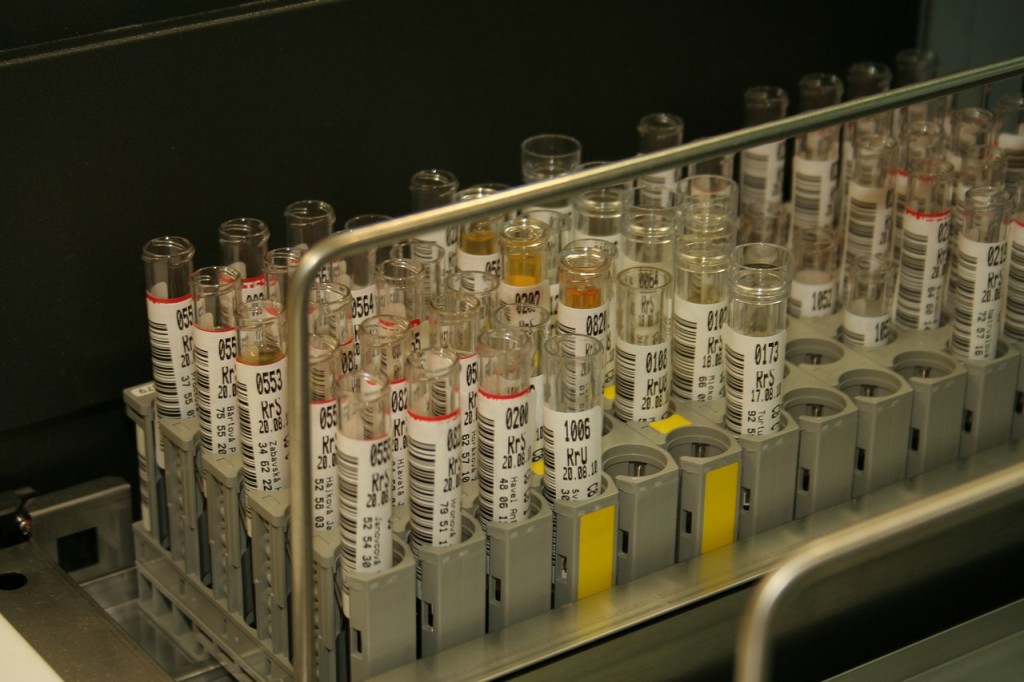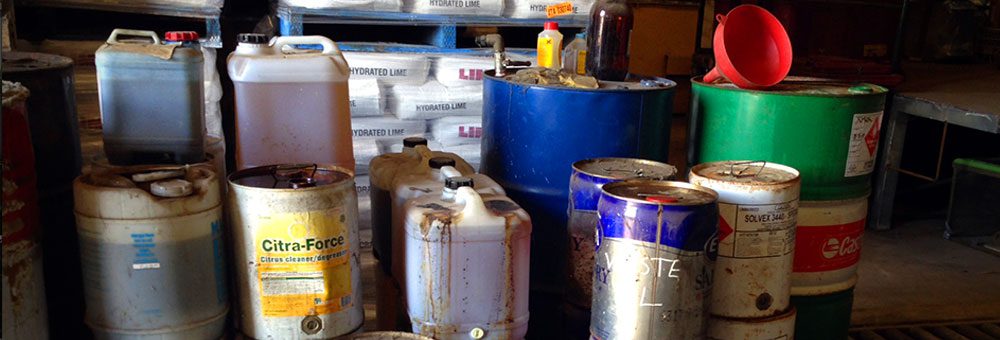Innovative Industrial Wastewater Treatment Solutions: Securing the Atmosphere
Innovative Industrial Wastewater Treatment Solutions: Securing the Atmosphere
Blog Article
Just How Fluid Waste Disposal Functions: An In-depth Summary of Techniques and Technologies Used

Summary of Fluid Waste Kind
The intricacy of fluid waste kinds necessitates a comprehensive understanding of their attributes and ramifications for disposal. Fluid waste can extensively be classified right into numerous kinds, consisting of industrial, local, farming, and unsafe waste. Each group displays unique residential properties, needing details monitoring methods to reduce environmental and health risks.
Industrial fluid waste originates from manufacturing procedures and commonly has a series of contaminants, such as hefty metals, solvents, and organic substances. Metropolitan liquid waste, largely consisting of wastewater from households and business facilities, contains natural matter, nutrients, and virus (industrial wastewater treatment). Agricultural liquid waste, including drainage from farms, may contain plant foods, pesticides, and pet waste, presenting threats to water top quality and ecological communities
Dangerous fluid waste is defined by its poisoning, sensitivity, or prospective to create damage. This group consists of substances like acids, bases, and particular chemicals that necessitate rigorous handling and disposal protocols. Understanding these varied liquid waste kinds is critical for developing reliable disposal techniques and making certain conformity with environmental laws. Correct classification and characterization are necessary for implementing suitable treatment methods and decreasing the unfavorable influence on public health and the setting.
Physical Therapy Techniques

Screening is the initial action, where larger bits and debris are gotten rid of from the liquid waste using screens or grates. This procedure shields downstream devices from damages and makes sure smoother operation. Following screening, sedimentation uses gravitational force to different solids from liquids. In sedimentation storage tanks, much heavier particles work out near the bottom, developing a sludge layer, while the cleared up liquid can be more dealt with.
Purification is one more important method that includes passing the liquid through porous materials, such as sand or membranes, to catch smaller sized particles. This action improves the quality of the fluid, making it suitable for succeeding therapy processes.

Chemical Treatment Strategies
Chemical therapy strategies are vital for properly taking care of fluid waste, specifically in attending to liquified and colloidal pollutants that physical approaches might not appropriately remove. These techniques use numerous chemical agents to neutralize, precipitate, or transform harmful materials into much less unsafe forms.
One common technique is coagulation and flocculation, where chemicals such as alum or ferric chloride are included in promote the aggregation of put on hold fragments. This process boosts sedimentation, enabling for easier elimination of the resulting sludge. In addition, oxidation processes, using representatives like chlorine or ozone, are utilized to damage down complex organic compounds and pathogens, making the waste much safer for discharge or more treatment.
Neutralization is one more vital technique, which readjusts the pH of acidic or alkaline waste streams to neutral levels, stopping potential damage to downstream systems and the environment. Additionally, progressed oxidation processes (AOPs) make use of mixes of oxidants and ultraviolet light to degrade persistent pollutants, accomplishing a greater degree of therapy efficiency.
Biological Therapy Procedures
Organic treatment processes play an essential role in the administration of liquid waste by making use of bacteria to decay organic matter and lower visit this web-site pollutant levels. These procedures can be generally classified into anaerobic and aerobic therapies, each utilizing particular microbial neighborhoods to accomplish efficient waste deterioration.
Aerobic treatment includes the usage of oxygen to assist in the break down look at this website of organic materials by microorganisms. This procedure is frequently carried out in activated sludge systems, where aeration containers supply a conducive environment for microbial growth, bring about the oxidation of natural toxins. The resultant biomass can be separated from treated effluent with sedimentation.
On the other hand, anaerobic treatment happens in the absence of oxygen, relying upon various germs to break down raw material. This technique is specifically beneficial for high-strength waste, as it creates biogas, a renewable resource source, while reducing sludge production. Technologies such as anaerobic digesters are frequently utilized in commercial and metropolitan applications.
Both anaerobic and aerobic organic treatments not only minimize the ecological impact of fluid waste but likewise promote resource recovery, making them vital elements of lasting waste administration techniques. Their efficiency, effectiveness, and versatility support their prevalent execution across various fields.
Arising Technologies in Disposal
Cutting-edge strategies to fluid garbage disposal are swiftly evolving, driven by innovations in technology and a raising focus on sustainability. Among these emerging technologies, membrane bioreactors (MBRs) have actually gotten traction for their capability to integrate biological therapy with membrane layer filtering, causing high-grade effluent that can be recycled in various applications. MBRs allow smaller sized footprints and extra effective operations contrasted to standard systems.
Another encouraging development is using anaerobic food digestion incorporated with nutrient recuperation innovations, which not only treats fluid waste but likewise generates biogas and recovers useful nutrients like nitrogen and phosphorus. This double benefit improves resource performance and decreases ecological influence.
In addition, advanced oxidation procedures (AOPs) are being taken on for the deterioration of complicated organic contaminants. These approaches utilize powerful oxidants and catalysts to break down impurities at the molecular degree, providing a highly reliable remedy for tough waste streams.
Furthermore, the assimilation of expert system and device learning in waste monitoring systems is maximizing operational efficiency and predictive upkeep, leading to lowered prices and improved ecological conformity. These technologies show a considerable shift towards even more efficient and sustainable liquid garbage disposal techniques.
Final Thought
In conclusion, reliable fluid waste disposal demands an extensive understanding of various techniques and innovations. By constantly advancing these methods, it ends up being feasible try this out to attend to the growing challenges associated with liquid waste, eventually adding to ecological defense and source recovery.
Liquid waste disposal is an essential aspect of environmental management, requiring a comprehensive understanding of different methods and innovations customized to different waste types. Liquid waste can extensively be classified right into a number of kinds, including industrial, community, agricultural, and harmful waste. Agricultural liquid waste, including runoff from farms, may contain fertilizers, pesticides, and pet waste, posturing threats to water top quality and ecosystems.
Numerous physical therapy approaches play a critical duty in taking care of fluid waste efficiently - industrial wastewater treatment.In conclusion, effective liquid waste disposal demands a thorough understanding of numerous strategies and innovations
Report this page